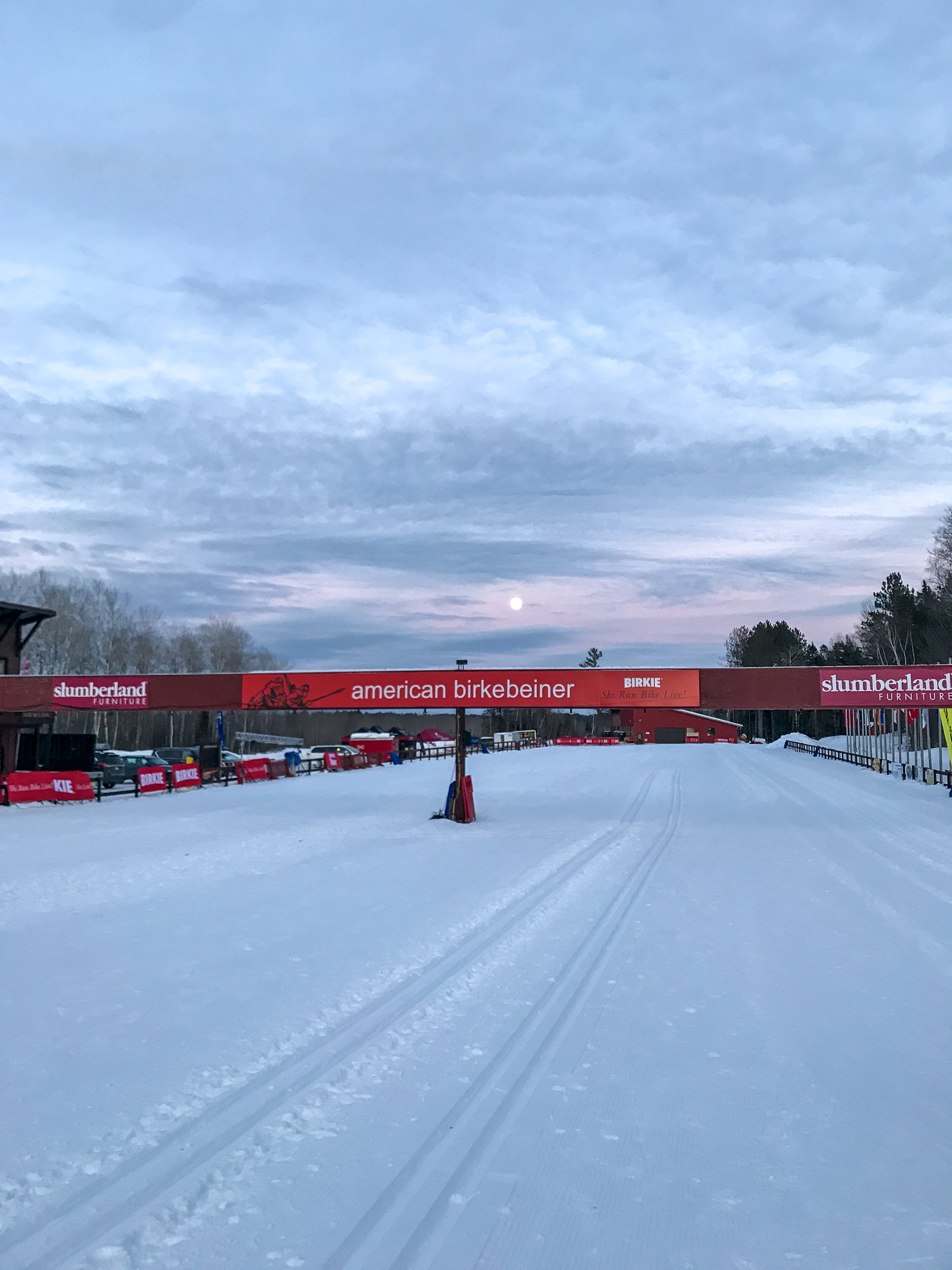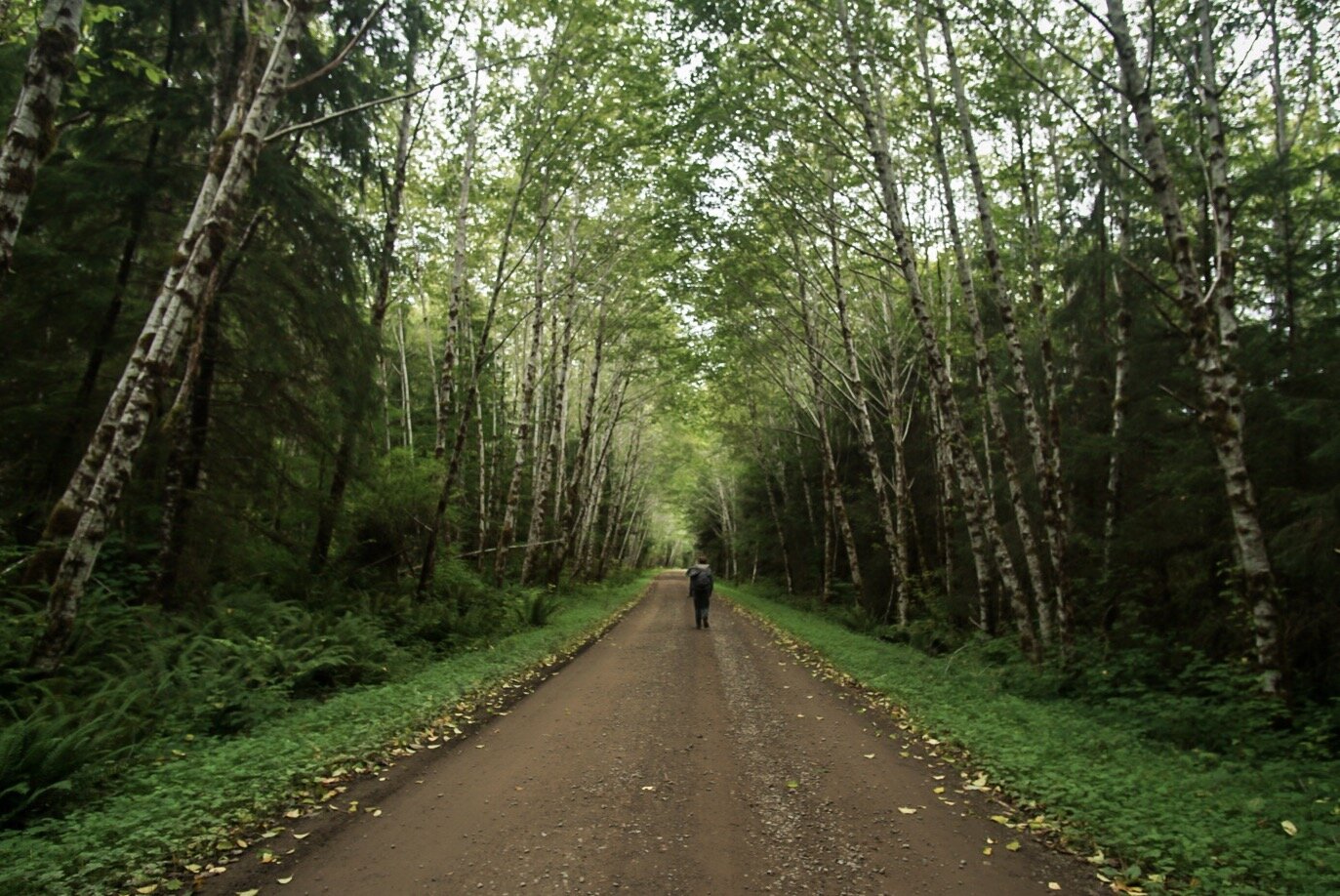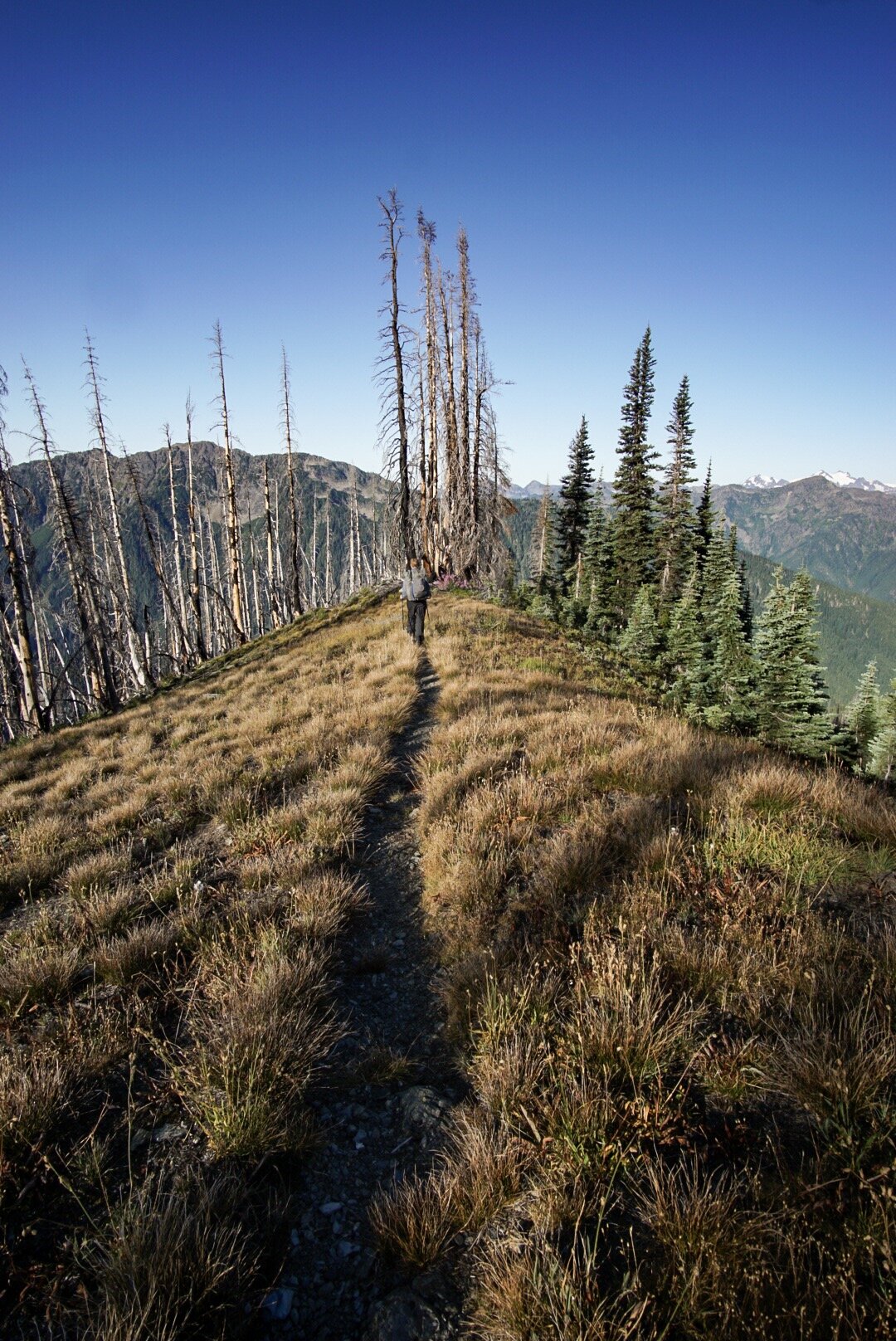I’ve never done a real race, in any sport. Maybe it was the swagger of completing a thru-hike or the lubrication from a couple of beers (probably both) but when a conversation with my ski racing friends turned to the 55km American Birkebeiner the next thing I knew I had signed up.
The Birkie race is based on the story of the Birkebeiners, a faction during the Norwegian civil war in the 1200s. Clad in birch bark leggings, two skiers smuggled 2-year-old Prince Haakon to safety through rugged mountains, forests, and blizzarding weather. The legend is the inspiration for the American Birkebiner race which stretches from Cable, WI to Hayward, WI.
My “training” strategy for the race was just to ski as much as possible. Easier said than done. We don’t get any snow in Madison until early January, giving me about 7 weeks to train for a brutal race in a sport I did not feel very confident in.
A few weeks before the race, I got a job filming an event on the Birkie course. Between filming, I was able to try out different skis. To no great surprise, my second-hand skis were not very good. So I ordered new skis, which arrived 2 days before the race.
The night before we spent waxing our skis. And I even slept ok.
At the starting line it’s not quite chaos but pretty damn close. There’s a warming shelter, sponsor tents, and some haphazardly placed signs on where to go. My friend’s waves start off before me and I’m left alone with giddy and terrified emotions.
The gun goes off and we’re away. I’ve never skied around this many people before. It’s a bit of a traffic jam. Not great for a guy who hasn’t mastered stopping. And damn these new skis are FAST. I fall a few times while getting the hang of them.
Just after the first checkpoint another skier is splayed across my track. They try to get out of the way but end up making it worse. I fly into soft snow and so do my glasses. I manage to find them and get back up.
I don’t get the hang of how to stop and grab water and snacks. Plus I’m towards the end of the pack and they are starting to run out. By the time I reach OO checkpoint, just under halfway, I’m exhausted and need calories and water. I take off my skis and eat about dozen cookies. I walk around to loosen up.
A race official comes up to me and asks if I’m quitting the race. I must look like shit. I hadn’t considered quitting, but something about being asked flips a switch in me. Hell no I’m not done. I destroy a cliff bar and hit the trail.
After that I’m in the zone. I start ripping down hills and blasting back up them. I’m passing earlier waves now. Bitch Hill is my bitch. At some point I drink pickle juice. The snow is starting to get soft which is making this so much harder. I descend to Lake Hayward. Nice and flat for 4km. I can do flat. I grab a shot of Jägermeister from a spectator and down it without breaking my stride.
The lake seems impossibly long but it eventually ends. I’m exhausted. Now just up and over the bridge and down Main Street. My biggest fear the last few days has been falling in front of everyone. My wobbly legs manage to hold and I make it down the street to the finish line. A volunteer throws a medal over neck. My time of 05h 50m 11s isn’t going to impress anyone, but I achieved my goal. I finished!





























































































